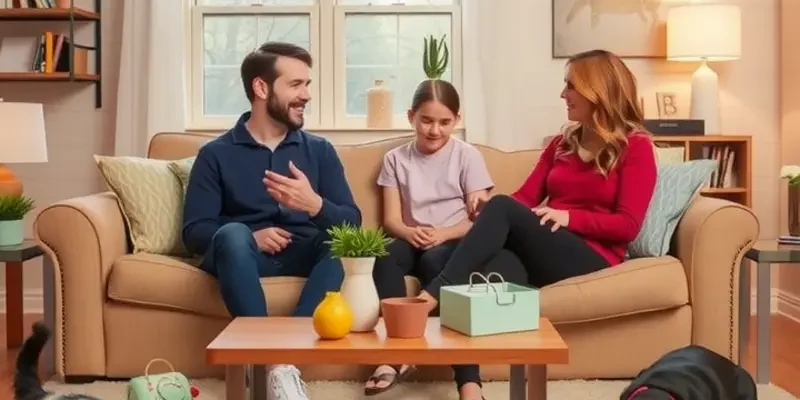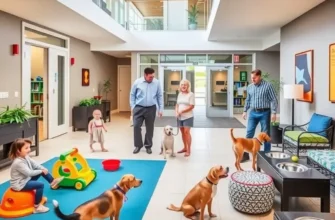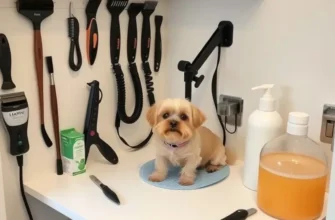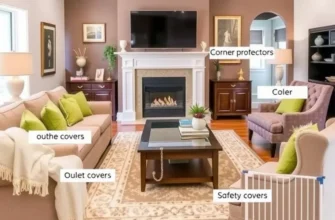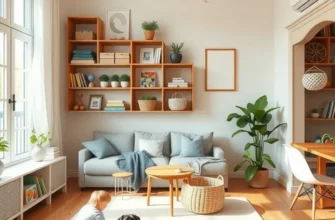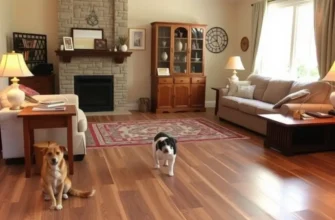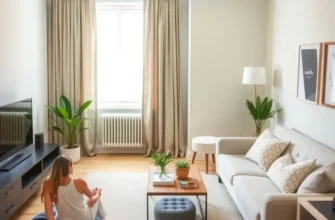Adopting a pet is a rewarding journey filled with love, companionship, and joy. However, living in an apartment poses unique considerations for families, couples, and pet owners navigating their budgets. Finding a safe, pet-friendly environment that feels comfortable for both humans and pets takes careful planning and financial foresight. From food and vet costs to pet-friendly amenities, understanding how to budget effectively can make all the difference in ensuring your furry family members flourish while maintaining a sense of financial security. This guide will help illustrate practical steps for budgeting, allowing you to enjoy a harmonious life with your loved ones, furry or otherwise. With the right plan, you can create a nurturing home where both your pets and loved ones thrive.
Understanding the True Cost of Pet Ownership
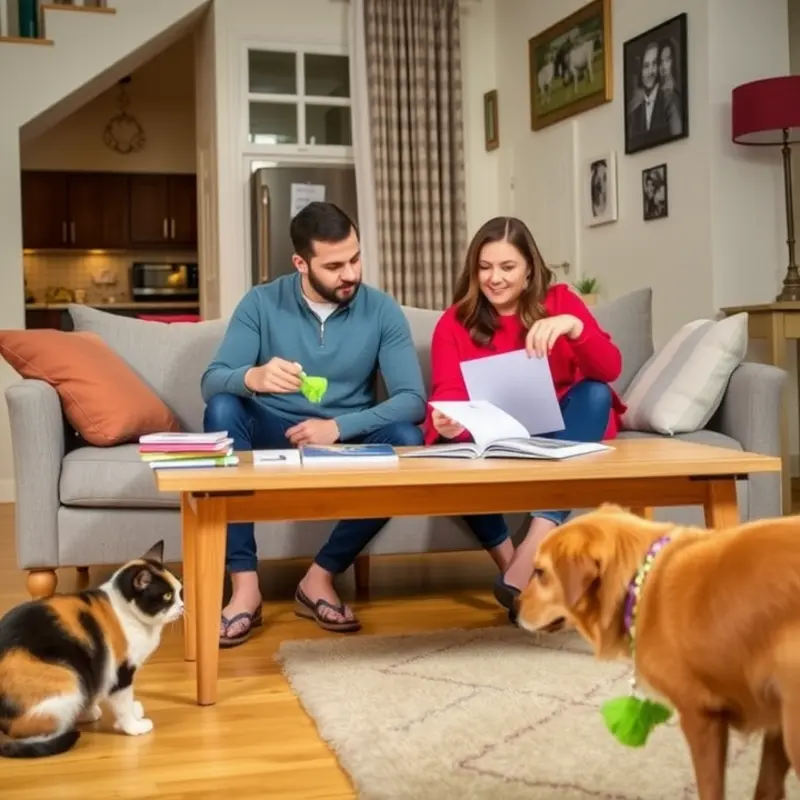
Owning a pet is a rewarding experience, but it’s essential to understand and manage the costs involved. Initial adoption fees or purchase prices are just the beginning. An effective budgeting plan will consider ongoing expenses to ensure the well-being of your furry friend.
Food and Nutrition
A balanced diet is crucial for pet health. The cost of pet food varies depending on the quality and type. Generally, you can expect to spend a fair amount monthly. Dry food is often more cost-effective, but moist options are available and sometimes preferred by pets. It’s helpful to budget approximately $30 to $60 per month for food, but this can vary greatly based on your pet’s size and dietary needs.
Healthcare and Vet Visits
Routine healthcare is a significant expense that pet owners should anticipate. Annual check-ups, vaccinations, and preventative medications like flea and tick treatments incur costs. Routine visits might cost between $100 and $300 annually. However, emergency care can be considerably more expensive, so it’s wise to set aside funds for unexpected medical needs.
Pet Insurance
Pet insurance can provide a safety net for unforeseen health issues. Monthly premiums typically range from $10 to $50, depending on your pet’s age, breed, and coverage level. Evaluate the policy details carefully, looking for exclusions and coverage limits. Insurance can save you substantial amounts in emergencies, making it a worthwhile consideration.
Grooming and Maintenance
Some pets require regular grooming, impacting your budget. Long-haired cats and certain dog breeds often need professional grooming, costing anywhere from $30 to $90 per session. Accessories like brushes and nail clippers are also necessary. You might save money by learning to perform basic grooming tasks at home.
Living Space Adaptations and Safety
Apartment living with pets sometimes requires specific adjustments. Consider investing in protective coverings for floors and furniture to minimize damage. Additionally, safety equipment like baby gates may be needed to secure your home, especially for young or curious pets. Here’s a useful guide on managing pet noise, which can enhance both security and peace for you and your neighbors.
Miscellaneous Supplies
Beyond the basics, miscellaneous supplies include toys, bedding, and other accessories. These items can add up over time but are essential for your pet’s mental and physical health. A monthly budget of about $20 to $50 for supplies is reasonable, although initial setup costs could be higher.
Planning for these expenses is crucial in apartment living, where space and budget constraints require more thoughtful management. By thoroughly understanding and preparing for the financial responsibilities of pet ownership, you set the foundation for a more joyful and stress-free relationship with your beloved pet.
Tips for Budgeting in a Pet-Friendly Apartment
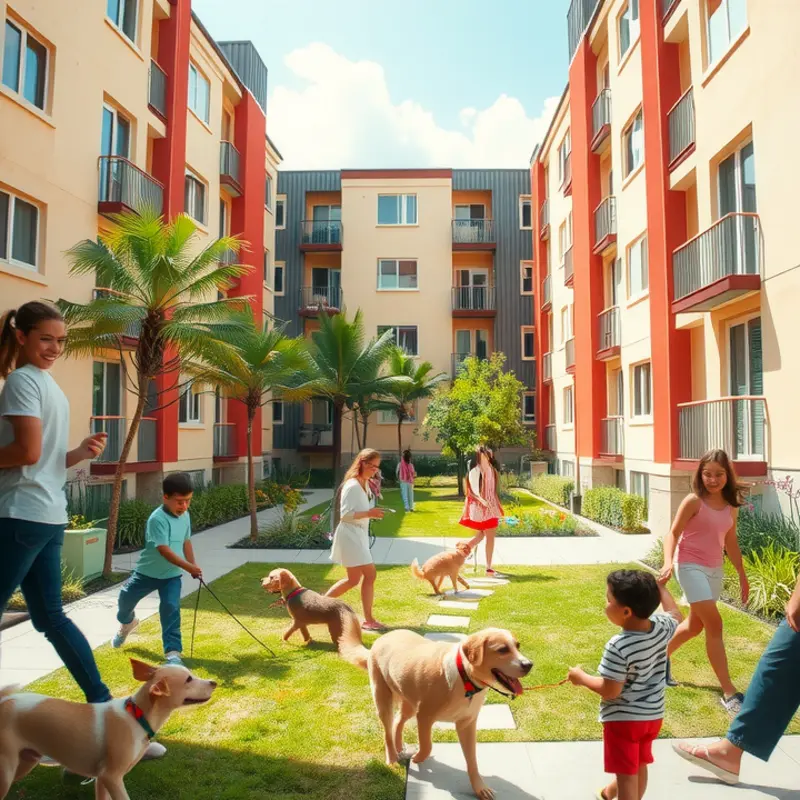
Finding a pet-friendly apartment that suits your budget can feel overwhelming. However, a little know-how can ease the process. Start by researching properties in your desired location that allow pets. Online rental websites often have search filters specific to pet-friendly amenities, making the hunt easier.
When evaluating apartments, consider amenities that could save money. Properties featuring dog parks, pet washing stations, or nearby walking paths can reduce travel expenses. Also, weigh the cost of deposits and potential pet fees; these can vary significantly.
To make apartment living more comfortable for both you and your pet, utilize your space effectively. Consider vertical storage solutions, which maximize floor area for both your furnishings and pet activities. This could pertain to building shelves high on walls to store pet supplies neatly out of reach.
In small apartments, creating distinct zones for eating, sleeping, and playing helps maintain order. Use space dividers or rearrange furniture to establish these areas, providing your pet a sense of consistency and security.
When it comes to pet care, costs can quickly mount. Regularly grooming your pet at home can save a considerable amount of money. Look for tutorials online to learn techniques for brushing, cutting nails, and cleaning ears. Additionally, creating homemade pet treats can be a cost-effective alternative to store-bought options.
Routine vet visits are essential for keeping your pet healthy. Consider investing in pet insurance to manage these expenses better. In some cases, it might be cheaper than facing unexpected vet bills.
One overlooked cost-saving measure lies in your apartment’s natural setup. If you’re concerned about your pet making noise while you’re away, see if soundproofing might assist. For a start, refer to apartment pet noise tips for ideas.
Incorporating these strategies into your daily routine helps maintain a happy, healthy environment for your furry friend without breaking the bank.
Final words
Budgeting for pets in apartments may seem daunting, but with a thoughtful approach, it can be a much more manageable task. By prioritizing expenses, considering all aspects of pet ownership, and finding the right living space, families can create a happy home for both their children and pets. Always remember to adjust your budget as needed and to enjoy the playful moments that come with pet ownership. Your furry friends deserve a great life just as much as your family does, and with a little foresight and planning, you can make that happen.

